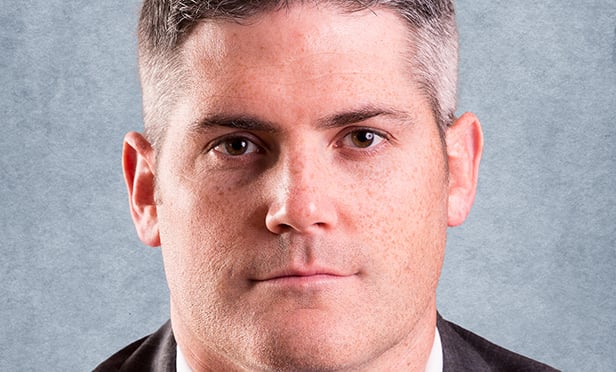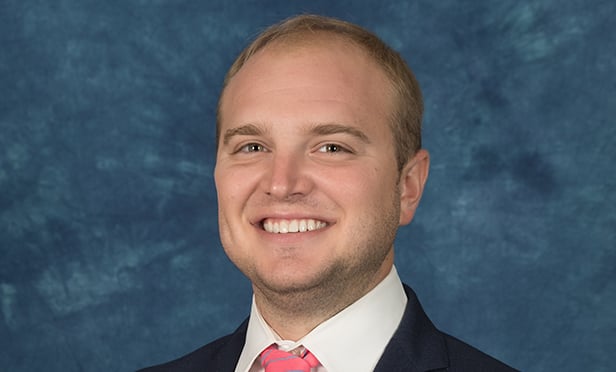TUSTIN, CA—The retail sector is seeing increased activity from specialty retailers, indicating that consumers are feeling more confident and choosing to spend more money on a monthly basis, Coreland Cos.' director of retail brokerage Matt Hammond tells GlobeSt.com. As we gear up for ICSC's Western Division Conference in San Diego in September, we spoke with Hammond about some of the retail tenant trends he's noticing.
GlobeSt.com: Which are some of the most active tenants in the marketplace right now?
Hammond: A year ago, we were negotiating leases with Planet Fitness, Crunch Fitness and other affordably priced monthly membership gyms. The strength of the gym sector continues as Planet Fitness, for example, is growing at a rapid pace across the Inland Empire. However, we are now seeing increased activity with specialty gyms—Pure Barre, Orangetheory Fitness and Core Power Yoga, for example. The consumer is definitely feeling more confident and choosing to spend more on a monthly basis. This is true whether we are talking about monthly gym memberships or weekly grocery bills. In Southern California, there is a demand for quality, and the customer is willing to pay.
GlobeSt.com: What do specialty tenants require? What type of retail centers are they looking for?
Hammond: Having the right tenant synergy is a must for any specialty use. Whether you are talking about specialty gyms or specialty grocers, they all need to be positioned within daily-needs centers. Grocery-anchored or drug-anchored centers make it most convenient for their customer and give them the best visibility. Having a selection of quality quick-serve restaurants is also very influential.
GlobeSt.com: Is the retail consumer really back?
Hammond: Consumer confidence took a slight dip in recent months, but we are far ahead of where we were at this time last year. Many have discussed that this is the year of retail. We have really been on the sidelines as multifamily, industrial and office have driven growth. Due to oversupply, retail has been focused on back-filling vacant space for quite some time. Double-digit vacancy rates since the recession kept rent growth for shopping centers at a measured pace. Today, Orange County and Los Angeles vacancy rates remain steadily below 5%. Throughout Southern California, we have seen varying degrees of increasing property values, higher rents and declining vacancies.
GlobeSt.com: Does that mean that you're seeing more-aggressive expansion efforts?
Hammond: National and local tenant sales are improving year-to-year in neighborhood centers. Local businesses are expanding, which is a great sign for the economy. In prime locations, we are definitely able to drive higher rents on renewals and new spaces. We have seen a few tenants reevaluate space they declined in the past. We had a national tenant who had declined a ground-up development a year ago out of concern that they would be cannibalizing two existing locations. However, they came back to the table after realizing that their sales in the region were strong enough to support more-aggressive expansion.
© Touchpoint Markets, All Rights Reserved. Request academic re-use from www.copyright.com. All other uses, submit a request to [email protected]. For more inforrmation visit Asset & Logo Licensing.






